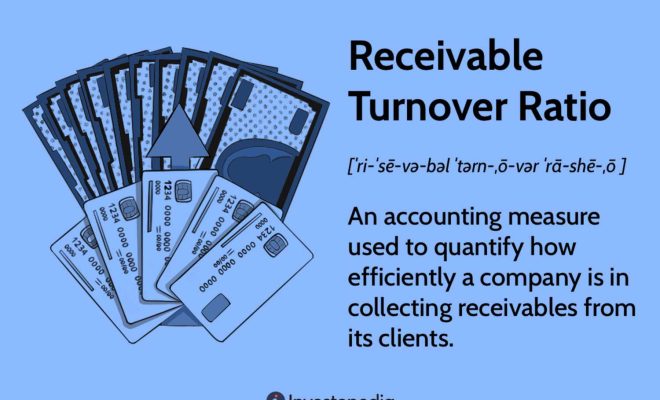How to calculate profitability index

The profitability index (PI), also known as the benefit-cost ratio or the profit investment ratio, is a valuable financial metric that helps businesses analyze the attractiveness of projects and investment opportunities. The PI evaluates the expected returns on a project relative to its costs, allowing companies to prioritize investments based on their potential return on investment (ROI). In this article, we will explore the concept of profitability index and provide a step-by-step guide on how to calculate it.
What is Profitability Index?
The profitability index is an essential tool used by companies and investors to determine the amount of value generated by each dollar invested in a project. A PI higher than 1.0 indicates that the expected returns from the project are greater than its initial investment cost, making it a profitable endeavor. Conversely, if the PI is less than 1.0, then the project is expected to generate less return than the initial investment cost, making it unattractive for investors. Projects with a PI of exactly 1.0 are considered break-even—the returns exactly match their investment costs.
Calculating Profitability Index: Step-by-Step Guide
Calculating profitability index involves comparing a project’s present value of future cash flows (PV) to its initial investment cost. Here’s how you can do it:
Step 1: Estimate Future Cash Flows
The first step in calculating PI is to estimate the future cash inflows from a potential project or investment opportunity. You can do this by using historical data, industry benchmarks, or other forecasting methods.
Step 2: Determine Discount Rate
The discount rate represents the opportunity cost of capital when comparing different investments or projects. It considers factors like interest rates, risk factors, and inflation rates to determine an appropriate discount rate for your business.
Step 3: Calculate Present Value (PV) of Future Cash Flows
Once you have your cash flow estimates and discount rate, you can calculate the present value of future cash flows using this formula:
PV = CF/(1+r)^n
where:
PV = Present value
CF = Cash flow in a specific period
r = Discount rate
n = Number of periods
Calculate the PV for each period and sum them up to find the total PV for the entire project.
Step 4: Determine Initial Investment Cost
Identify all upfront costs and expenditures required to initiate the project. This includes items like equipment purchases, land acquisitions, raw materials, labor costs, etc.
Step 5: Calculate Profitability Index
Finally, you can calculate the profitability index by using this formula:
Profitability Index (PI) = Total Present Value (PV) / Initial Investment Cost
The result of this calculation will indicate the potential return on your investment relative to the initial cost. As mentioned earlier, a PI greater than 1.0 is an attractive investment, while a PI less than 1.0 should be avoided.
Conclusion
The profitability index is an invaluable tool for making informed decisions about which projects or investments to pursue based on their expected returns. By calculating PI and comparing the results to other opportunities, businesses can prioritize their investments wisely, focus on profitable ventures, and maximize their overall performance in the market.






